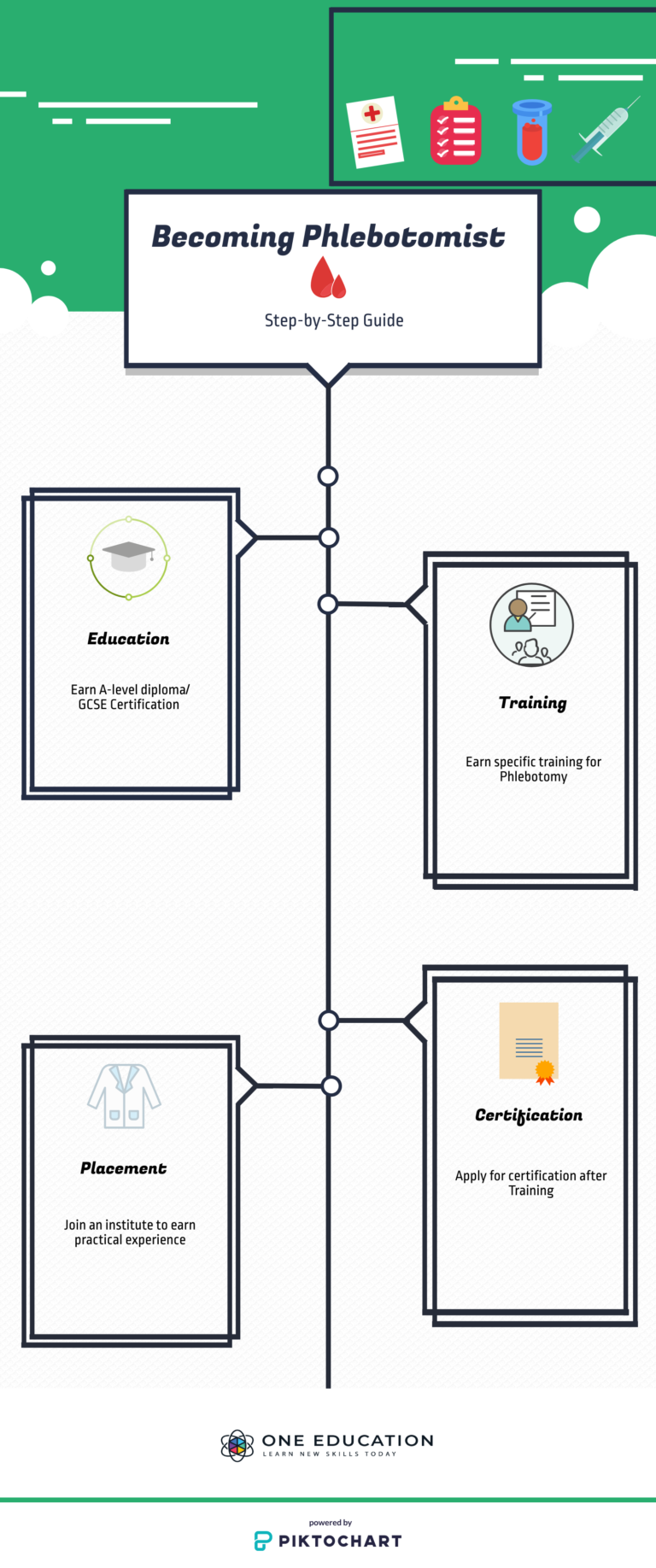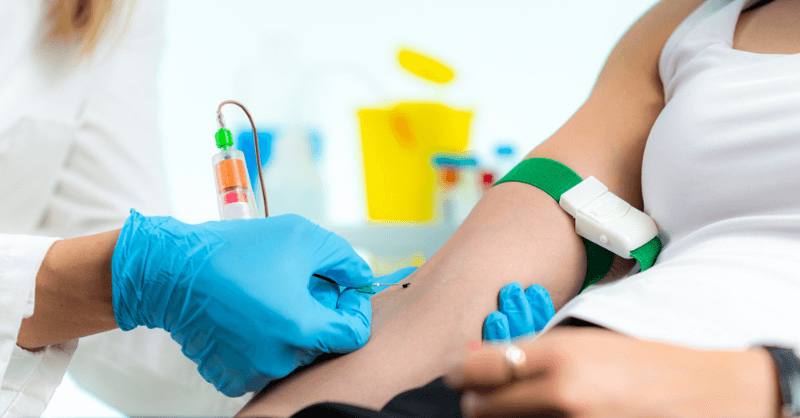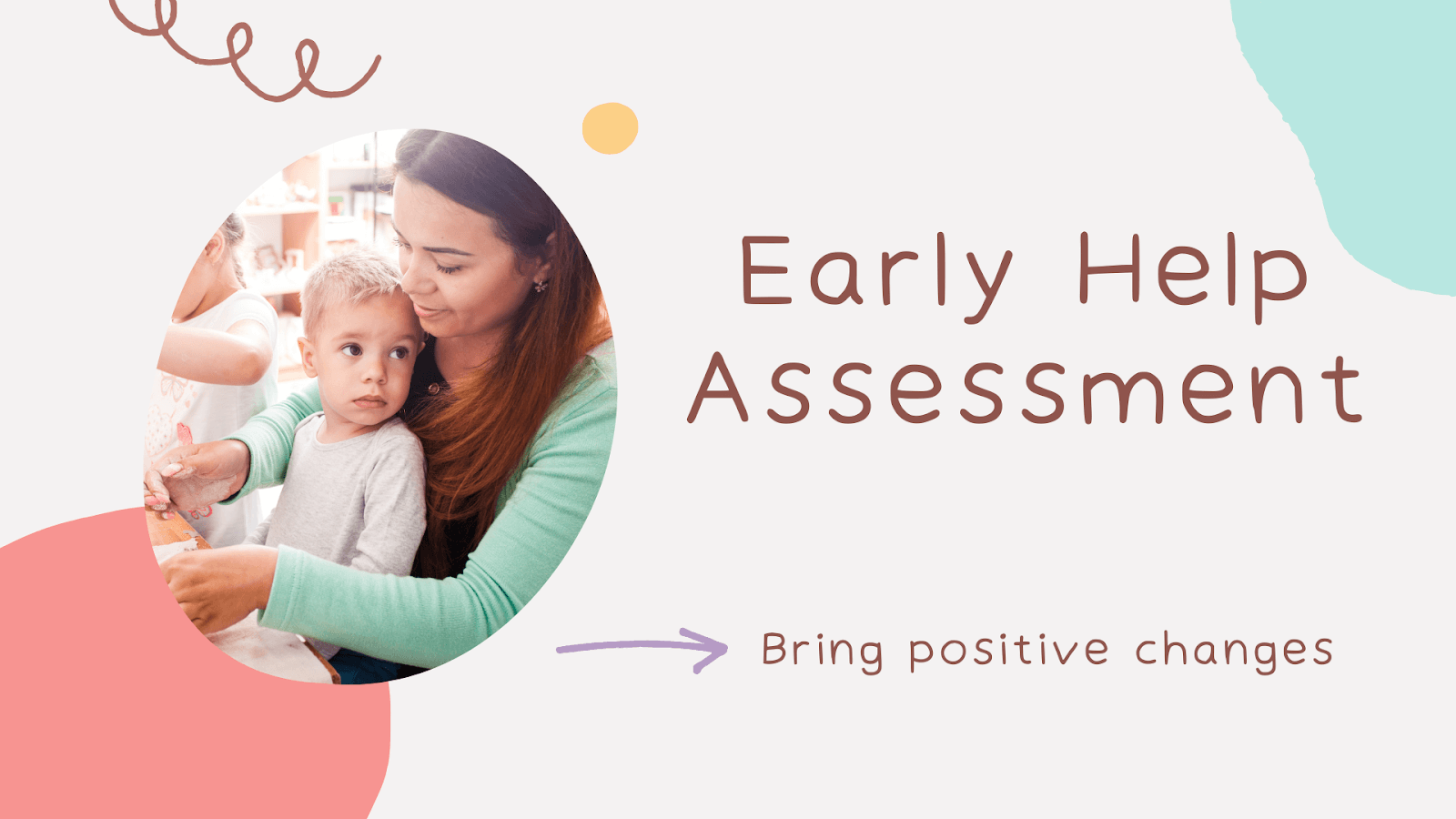The UK health sector is one of the steadily growing job markets in the 21st century. Each year the number of job openings has risen. This rise includes not only physicians and nurses but also supporting professions such as phlebotomists. If you have what it takes to become a phlebotomist and are willing to pursue this career, the best time is now. Since you’ve searched out how to get your phlebotomy certification, we’re assuming you are already sold on the idea of becoming a phlebotomist. So we will skip detailing the profession and focus on getting you the certification needed.
Table of Contents
Why get certification?
The significance of having authentic certification in today’s job market deserves a blog of it’s own. Maybe we will write on it someday. To state briefly there are 3 major benefits to having certification for your skills.
First, having certification resolves any doubt about competence. If you’ve put in the effort to earn certification it means you are dedicated towards your work and are serious about taking up the profession.
Secondly, employers can be sure about the quality of your training. If you can provide certification employers are assured that you will maintain the relevant safety protocols. This is especially important in the health care sector.
Thirdly, certification gives you a solid ground for negotiating salary and responsibilities. Having certification means you are aware of the job prospects as well as the market. This in turn reduces the chances of you getting into an arrangement that under values your service.
Requirements for certification
Phlebotomy is a very specific service that you can train for in a number of ways. To get certified as a phlebotomist you need to have completed a training program. A number of colleges provide phlebotomy training with a limited number of seats each year. If admissions are full you can always check out private institutes that provide training for a higher price.
To enrol in one of the training programs you need to be at least 16 years of age and have completed high school or, A-level diploma. After completing your training you can apply for certification that will require you to attend a competence exam. If you pass the test the certification is provided immediately. And thus your journey as a phlebotomist begins.
5 steps to earn certification
Becoming certified for any profession requires determination and planning. Find out how to approach the whole process and how to prepare yourself with these 5 steps to becoming a certified phlebotomist.
Step 1: Explore training providers
As said earlier, there are many institutes and organisations that provide phlebotomy training. Because of limited capacity it may not be possible for everyone to enrol at a subsidised institute hence many private institutes provide training to meet the rising demand.
Before enrolling in any course it’s recommended that you explore available options near you. This provides you the opportunity to compare expenses and the learning outcomes beforehand. It can also give you an idea of how long training will take. For example, if you’re looking for phlebotomy career options in NJ, you may have to take a program that lasts between 8 and 52 weeks to land roles in New Jersey.
Make sure you check accredited courses that provide valid certification. Without the possibility of earning a certificate, training would be meaningless in terms of landing a job
Step 2: Find out the training modules and scrutinise the modules
Each provider showcases the learning modules and outcomes in detail on their websites or brochures. Read the module contents thoroughly so you have a clear idea of what the training will teach you. You will also find out about any previous knowledge you should possess before enrolling.
Lastly, you need to compare the modules from different providers to find the best course design. Learning is a complex task and the quality of material plays a vital role in it. Check out the recommended materials so that you know exactly what you’re paying for. It’s important that the modules be up to date to the latest standards so be sure to check that as well.
Step 3: Enrol in a certification course having rich modules
After assessing the provider’s accreditation status and quality of teaching modules you should have enough information to narrow down the course best suited for you. With this done you can enrol yourself for a training/certification course. Providers usually require one time payment for course enrolment so prepare accordingly. As soon as you start the course it’s recommended you sort out the study material. This way you can prepare for classes and practical demonstrations with adequate time in hand.
Step 4: Study the modules and take notes for further study
Study the modules as thoroughly as possible. Courses for phlebotomy are designed to be short and concise so you won’t have to spend an extensive amount of time in the training phase. Although all reading material will be provided beforehand, it’s recommended that you make personal notes as well. This provides foresight and eases the learning process so you can utilise your time to the fullest.
Do not hesitate to reach out to the course conductors about any topics you find difficult to grasp. Having personal notes makes this process easy because you will have everything you learned organised for your mind. The courses may or may not require you to study additional information so always check for supplementary material. Studying from a variety of sources helps to build a solid groundwork for further development.
Step 5: Attend the certification exam and get certified
Once you’ve completed the training course you can sit for the certification exam. A well-designed course will cover all possible topics to ace the certification course. It’s still better to find out all the factors the examination assesses. Preparing for an exam is never just about the study topics. It is also about what learning aspects the exam assesses and how you can approach it. Without prior knowledge about how the examination works, completing a training is not enough.
Remember that the whole point of going through accredited training is to earn a presentable certification. So focus on doing your best on the exam to show excellence in competency.
As a part of this blog we’ve prepared an infographic summarising the whole process of pursuing a career in Phlebotomy. Completing each step brings you ever closer to becoming a phlebotomist. However, the steps in the infographic are for young individuals looking to become a phlebotomist from the start.
People working in other professions within the healthcare sector can also earn phlebotomy certification to help with their existing responsibilities or increase earning prospects. In that case you can directly show your work experience to sit in the certification exam and not search for specific work as a phlebotomist. Although attending formal training will increase your chances of success. For more on this check out our blog “How to Become a Phlebotomist – Explore Jobs and career paths”
Career Prospects for Phlebotomists

There are a number of organisations where a phlebotomist can find employment. The prime place with the most number of phlebotomy positions in national hospitals. Other prominent workplaces include research and clinical diagnostic laboratories. You may also find work at old age homes, blood banks and private clinics although these organisations employ a fraction of phlebotomists compared to the previous prospects. For more information on possible employers check out our blog on “Where a Phlebotomist can work: All you need to know”.
In the UK the average annual wage for beginner phlebotomists is around £18000, provided on UKTaxCalculator. According to PayScale the annual average is between £15000-£21000 depending on skill and experience. Indeed puts the average slightly higher than UKTaxCalculator at £18800.
Phlebotomy is a secure profession within the medical world that doesn’t require extensive physical labour. On the contrary it is a job that requires precision and sensitivity. Like any care related job the utmost satisfaction in phlebotomy is in helping people. As a phlebotomist you’ll find people of all ages that are afraid of the whole blood drawing process. Helping these people overcome their fears through comfort and empathy is the truest essence of the challenges a phlebotomist faces. Working closely with doctors and researchers provides an enlightening experience that is rarely found in other technical jobs.
It’s to be noted that you need to have strong nerves and steady hands to excel in this profession. If you have a fear of needles or a problem with blood, you should consider other career paths.







 August 18, 2020
August 18, 2020








